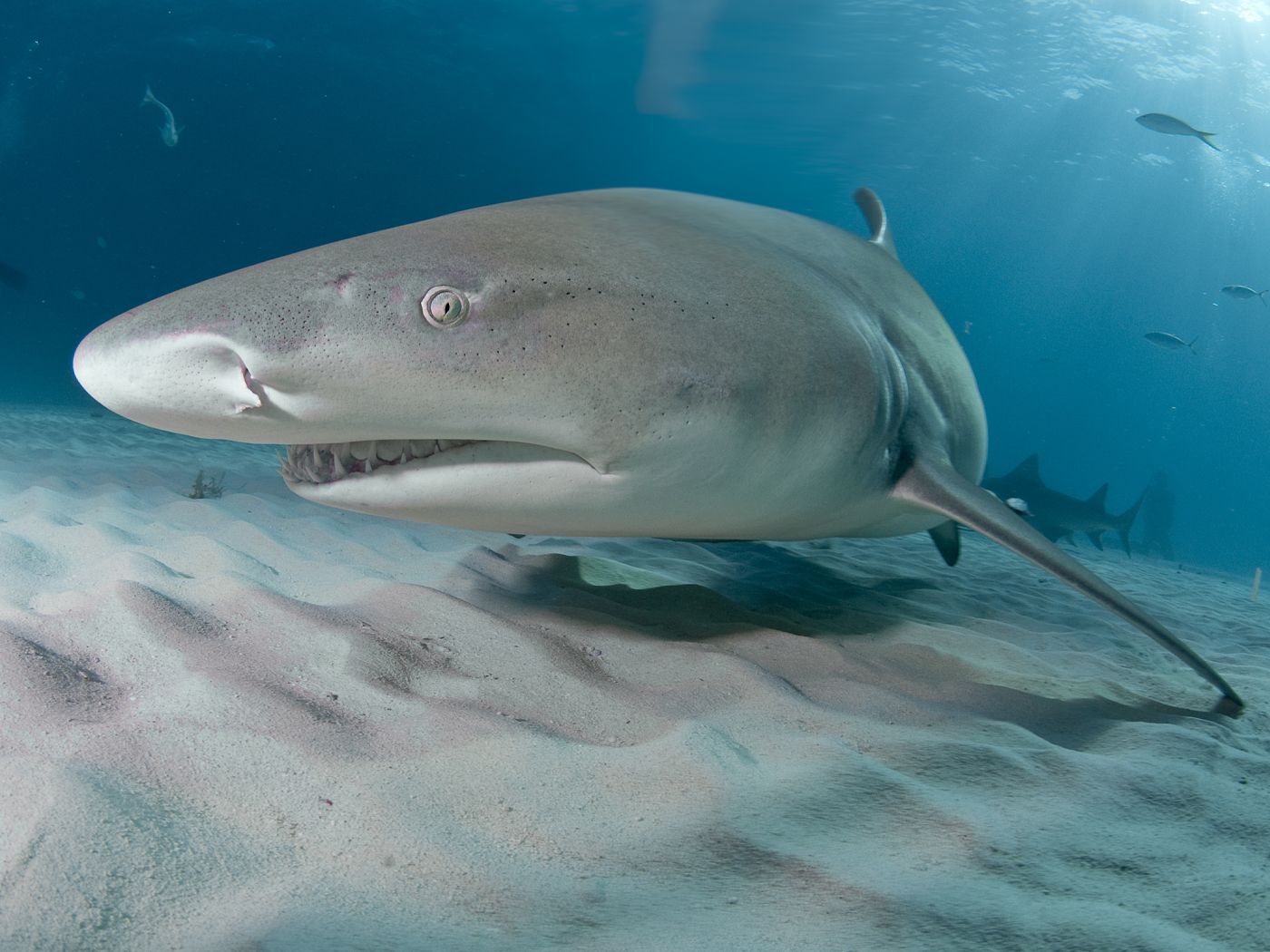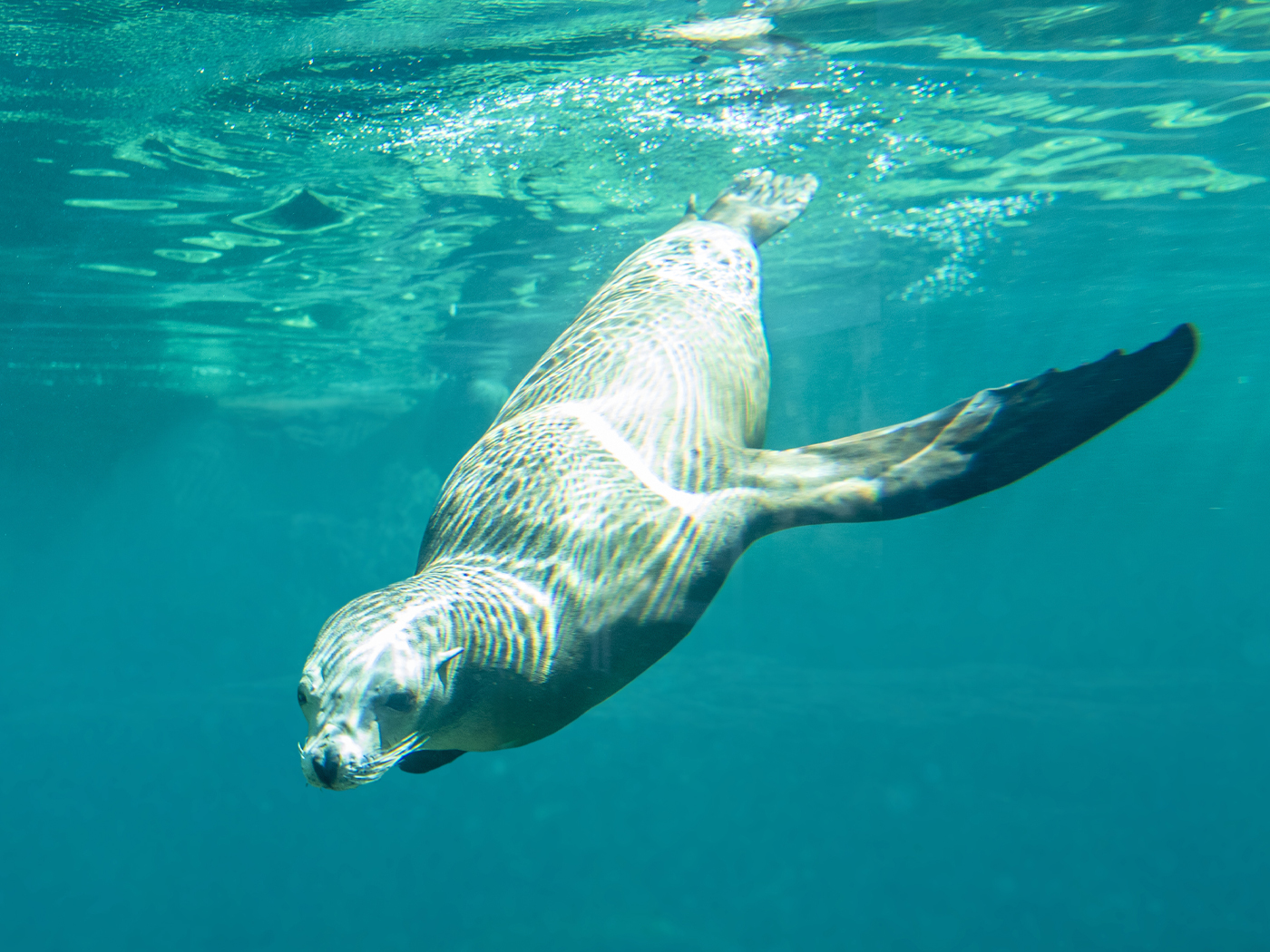The search for Noah's Ark continues to be much in the news. The evidence for the existence of Noah's Ark is impressive and growing as research continues, but it is also a fact that no objective proof has yet been produced. We have every reason to believe that the remains have been preserved on Mt. Ararat in eastern Turkey, and we have every reason to hope that proof will soon be forthcoming, but as of this writing, the search goes on.
Significance of the Discovery
The first question that one might ask is "Why the interest in the search for the Ark? Is it just an adventure, or is there some importance attached to its potential discovery?" Make no mistake—there is stirring adventure in the search, so much so that many attempt involvement just for the thrill of it (or for the prospect of financial gain). This author's adventures are well documented in two books on the subject1,2 and include political intrigue, attacks by wolves, bullet holes in the tents, paralysis from a lightning strike, and mental hardship. The many brushes with death are balanced by the excitement of potential success.
On the other hand, implications of the potential discovery of the Ark are wide-ranging, and a proper understanding of these provides ample motivation for facing physical danger and hardship. In the archaeological realm, it is easy to see that the discovery of Noah's Ark would be "the greatest archaeological discovery of all time." If the flood of Noah indeed wiped out the entire human race and its civilization, as the Bible teaches, then the Ark constitutes the one remaining major link to the pre-flood World. No significant artifact could ever be of greater antiquity or importance.
Those familiar with the work of the Institute for Creation Research will likewise recognize a tremendous potential impact on the creation-evolution (including theistic evolution) controversy. Evolutionists interpret earth history using the assumption of uniformity, i.e., that processes and process rates have remained substantially "uniform" throughout the past, and are similar to processes and rates possible today. Studying geologic formations and the fossil record in the light of this assumption necessarily yields notions of a vast age for the earth, and evolution demands an immense amount of time. Creationists, on the other hand, point to evidence of a "non-uniform" or catastrophic nature of earth history, i.e., that things have been different in the past. It seems obvious that if a 450 foot ark were to be discovered on top of a high mountain, it could only have been placed there by a mountain covering flood, a flood which would have been world-wide in scope. Such a flood would have had dramatic geologic consequences, and indeed would have restructured the surface of the globe, depositing perhaps the majority of fossil bearing strata. All of the geologic data which are now interpreted by evolutionists as supporting long ages of slow evolutionary change would have to be reinterpreted in light of this major catastrophe.
A Review of the Evidence
Throughout the years, evidences for the existence of the remains of the Ark have surfaced. Usually this evidence takes the form of eyewitness accounts, individuals or groups who have reported seeing the Ark, but who have been unable to provide real objective proof. Evidence has also come from individuals who report having seen objective proof (such as top secret photographs in government files) but are not able now to produce it. The latter category has increased in recent years, and this author is aware of seven sets of military "data" on which the Ark has been said to be clearly visible.
It is encouraging to note that in the last three years, three new living eyewitnesses have come forward and made known their stories. One, an elderly Armenian, tells how he had seen the Ark as a boy many years ago. His story is similar to two other accounts passed on by two elderly Armenians, all three of whom had previously lived in the Ararat region. The second living eyewitness tells of being stationed in Turkey in the U.S. Air Force in the early 1970's. Interested in archaeology, he asked a Turkish friend if they could go see Noah's Ark. As it turned out, the Turkish friend had an uncle, an old shepherd who lived on Mt. Ararat, who took them up to see the Ark. No pictures were taken. The third eyewitness, was also a U.S. serviceman in Turkey in the early 1970's. He flew over Mt. Ararat in a Navy jet with sophisticated cameras and took pictures of the Ark, which were never released.
These three unrelated accounts agree substantially with each other and with the previous accounts which are better known. All tell of a long linear structure, resting on a ledge in a very rugged section of the mountain, overlooking an impressive canyon. The color is much darker than the surrounding rock and soil, and is definitely foreign to the area. It appears to be protruding out of a debris covered snow or ice pack, or perhaps a frozen section of porous volcanic ash. One end seems to be quite broken, and it is possible to see inside the structure from certain vantage points. It would be very difficult to reach the Ark on foot since some access ledges seem to be broken off, although these may have been intact in the past. Although the accounts do substantially agree, lack of specific details and, at times, conflicting details have kept researchers uncertain as to the exact location.
Recent Expeditions
But this uncertainty has not kept many (far too many in fact) individuals and groups from attempting to obtain permits to climb Mt. Ararat to search for the Ark. The Turkish embassy has been flooded with applications from well-meaning but poorly-prepared, underfinanced, and underqualified groups, and unfortunately, much damage has been done, probably postponing the issuance of permits to expeditions capable of success. Others have ventured to Mt. Ararat and climbed without official permission or with local permission only. This politically dangerous stance, coupled with the meager preparation of most, has insured that nothing of a positive nature would be accomplished.*
It has always been difficult to obtain governmental approval for an expedition, but in recent years Turkish-American relations have been at even a lower ebb than usual. Making the task more difficult was the fact that coalition governments have ruled Turkey lately and at times it was doubtful who was really in charge. However, in 1981, a military takeover of the government brought one ruling body to power and restored order and stability to a country fast moving toward anarchy. Improved relations with the West by this pro-American NATO member resulted in a partial lifting of the ban on Ararat research in the summer of 1982.
The Cummings-Irwin Group
Eryl Cummings, long time Ark searcher and researcher, teamed with former astronaut Jim Irwin to launch an unusual expedition in August 1982. Colonel Irwin, the field leader for the team, was instrumental in obtaining permits due to his former status in the space program and his nominal acquaintance with the Turkish president.
The main thrust of the search centered in an easily accessible area called the North Canyon. The Ahora Gorge, without a doubt the most rugged area on the mountain and the site of most earlier investigations, had been ruled out primarily on the basis of the account related by the elderly Armenian mentioned above. The North Canyon area was carefully checked and found not to contain the Ark. Due to a series of misfortunes (including a near-tragic injury to Irwin, lack of experienced climbers and lack of experienced Ararat explorers) no other areas were searched. A promised aerial search was called off due to a major storm and the group returned in late August.
Once back, Irwin was contacted by a veteran Turkish traveler who claimed to have seen the Ark on two occasions, once in 1980 and again in 1982 before the arrival of Irwin and his group. Based on his story, Irwin and a few nonclimbers headed back to Turkey in mid-September hoping for an aerial search of the mountain, but this was denied. Again Irwin was injured and little if any was accomplished. But in October, long after winter snows usually set in, the better climbers of the group returned, this time without Irwin and with the eyewitness. By this late date the snows had indeed come and no climbing was possible. However, the specific object of their quest, which is in the far reaches of the Ahora Gorge, was studied through a telescope. It was determined not to be the Ark.
ICR Group
This author had originally been invited to be a member of the Cummings-Irwin group. In early spring a second thrust apparently became available and the decision was made to propose separate, but complementary, groups. This second group, which was to have been primarily sponsored through ICR, consisted of two Sumerian archaeologists, one Turkish anthropologist-mountain climber who had grown up on Ararat, one professional climber, one professional cinematographer, and this author. All participants are capable climbers and experts at their designated functions. Permission had been granted the two archaeologists to document the various archaeological sites previously discovered near the mountain and to search the area for other relics of Sumerian origin, including the mountain for the remains of Noah's Ark.
Unfortunately, Turkish officials became hesitant about sanctioning the ICR group once the president of Turkey had approved the Irwin group. Competition was feared and not knowing of the plans to cooperate and coordinate the two expeditions, the ICR paperwork was held up by Turkish officials until too late.
Contacts with the proper Turkish officials during fall, 1982 have illuminated the problems of the summer and have resulted in greater understanding and an assurance of complete governmental support for the summer of 1983. Efforts are under way to insure that a properly planned, prepared, and staffed team of scientists and professionals will have every opportunity for success.
As is always the case with such a venture, the financial needs are great. Donations to the project can be sent to ICR designated for the Ararat project. Supporters can be assured of a well-planned, prepared, and staffed expedition, capable of accomplishing the job. All funds will be handled in a thoroughly competent and honest manner, strictly abiding by Turkish law.
A second great need is that of prayer. Such a world-shaking event could not take place without much opposition and much is expected. The Ark will be found only as God answers the prayers of His people.
REFERENCES
1. Adventure on Ararat, (San Diego, Creation-Life
Publishers, 1973, 116 pp.
2. The Ark on Ararat, (with Tim LaHaye. Nashville, Thomas
Nelson, Co., 1976), 275 pp.
* It must be pointed out that ICR will not participate in any project that is not wholly sanctioned by the proper authorities.
**Dr. John D. Morris is President of the Institute for Creation Research.













